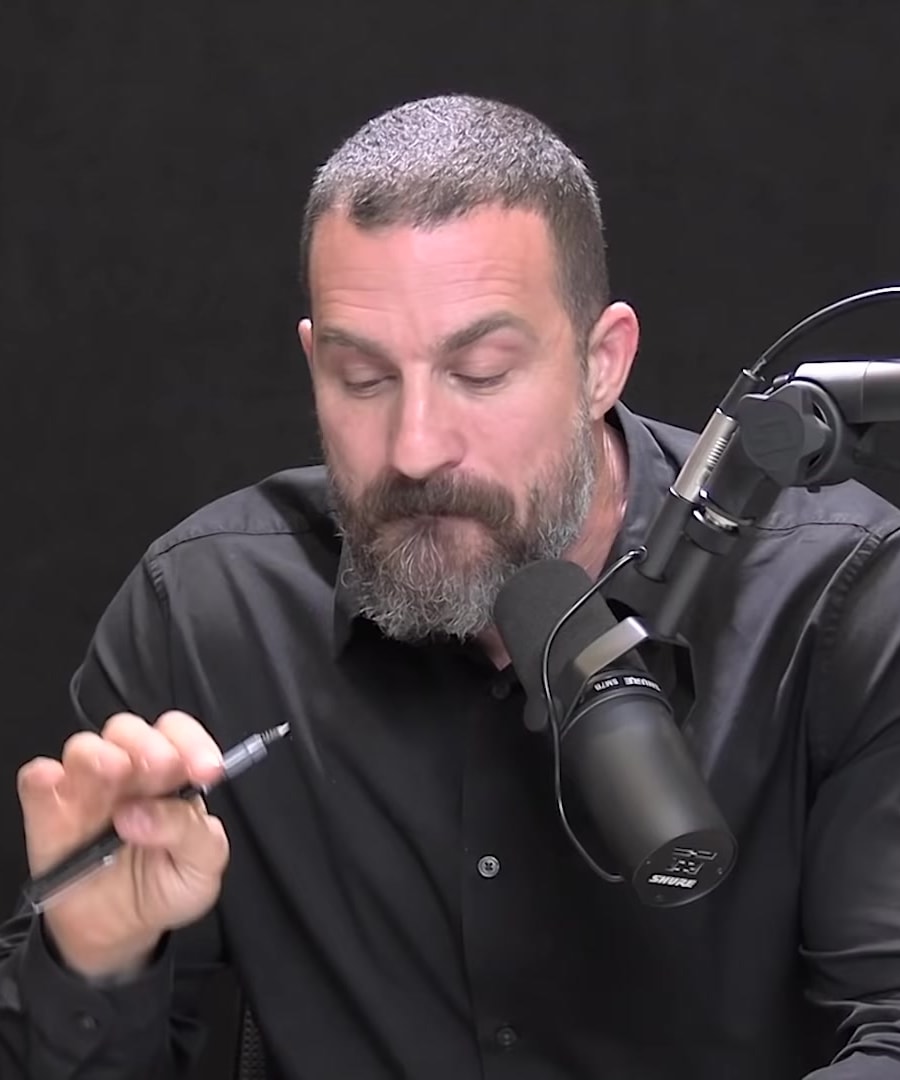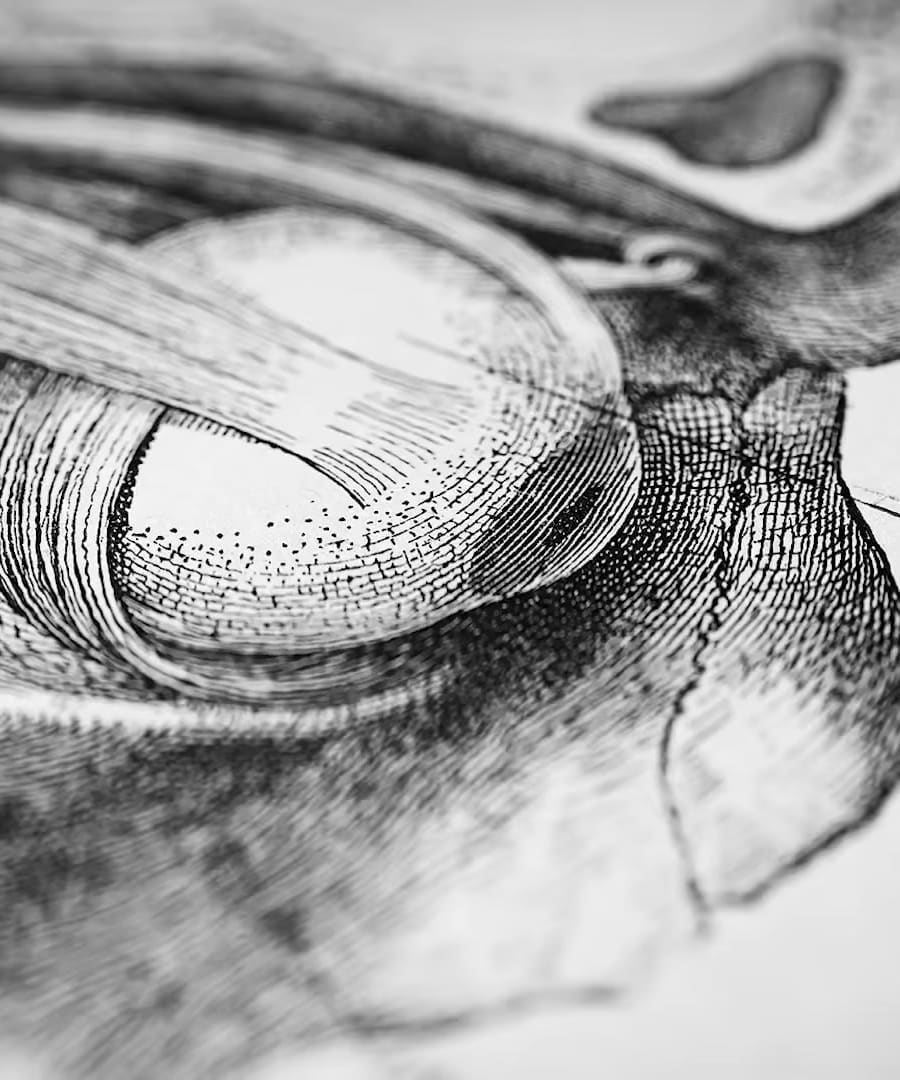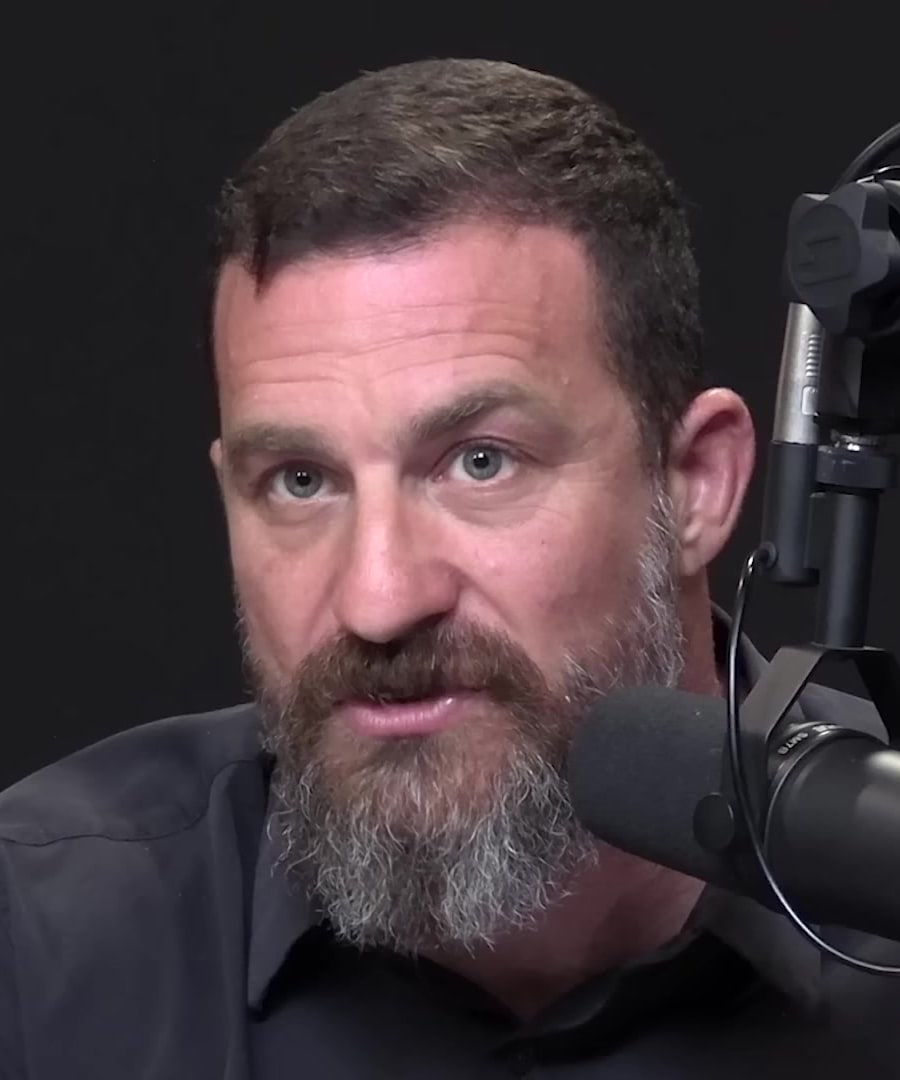how to use 40hz sound for learning
Sources:
To use 40Hz binaural beats for learning, you can follow the guidance provided by :
- Find a source of 40Hz binaural beats, which can be found in various apps or YouTube scripts, often at no cost.
- Use headphones for the best effect, as binaural beats work by providing slightly different frequencies to each ear.
- Before starting cognitive work, listening to 40Hz binaural beats for about five minutes can enhance focus and concentration. Sometimes, Dr. Huberman uses them right before weight workouts to focus on contracting specific muscles.
- You may also experiment with using 40Hz binaural beats during cognitive tasks if you find yourself highly distractible.
- However, avoid using 40Hz binaural beats continuously while working, as it could be less effective or you might habituate to the stimulus.
In various studies, such beats have shown to improve performance on working memory tasks, possibly by impacting dopamine and acetylcholine levels, which are associated with focus and attention. The right dose and conditions will likely vary individually, so you may need to try different approaches to find what works best for you 1 2 3.
RELATED QUESTIONSprotocols for learning
Sources:
has shared various protocols aimed at enhancing learning through his podcast. Here's a summary of key protocols mentioned:
General Learning Protocols
-
Neuroplasticity and Sleep: Sleep, including deep sleep and non-sleep deep rest (NSDR), is vital for the strengthening of connections in the brain and neural plasticity after learning new information 1.
-
Optimal Learning Protocol: A process that includes (a) being calm and focused during skill acquisition, (b) spiking adrenaline after learning, (c) engaging in NSDR, and (d) optimizing subsequent nights' sleep 2.
-
Error Rates and Learning: Embrace making errors during learning, as they can make the brain more plastic and enhance learning. The optimal error rate is around 15%, meaning you should aim to get things right about 85% of the time for the best learning rate 3.
-
Specificity of Focus: Focus hard on the subject matter for about 90 minutes to trigger neuroplasticity, but don't expect to maintain focus for the entire duration. Incorporate NSDR or disengagement activities like walking to accelerate neuroplasticity, along with deep sleep 4 5.
Learning Motor Skills
-
Early Sessions: Initially, make many errors and allow the reward process to govern the plasticity. Focus on the core motor movements before moving your attention to other aspects 6.
-
Embedded Plasticity: As skill improves and errors decrease, harness and focus your attention on particular features of the motor movement. Attention can migrate from one feature to another as mastery of the core movements is achieved 6.
Sleep and Neuroplasticity
- Sleep Reinforcement: Master sleep patterns to reinforce learning and neuroplasticity. NSDR immediately after learning and deep sleep on subsequent nights enhance the retention and strengthening of neural circuits 4.
Additional Tools and Protocols
-
Virtusan App: Andrew introduced an app that provides science-based protocols for improving mental and physical health, with specific journeys aimed at improving sleep, focus, nutrition, and exercise 7.
-
Consolidated Protocols: Huberman discusses protocols for different aspects of life, including sleep, mood, learning, nutrition, exercise, and creativity, all science-backed by quality peer-reviewed literature 8.
These protocols are based on findings from various studies and aim to optimize the learning process by integrating focused attention, adrenaline spikes, rest, and high-quality sleep. Always remember that the applicability and effectiveness of these protocols can vary from person to person.
RELATED QUESTIONS-
not motor learning
Sources:
has shared a number of strategies that can be employed to optimize non-motor learning, or cognitive learning, which can be applied in various contexts like academics and professional skills development. Beyond the initial focus on motor learning, there are general principles that can enhance cognitive learning processes:
-
Being Calm and Focused During Learning: It's essential to be calm and alert while acquiring new cognitive skills. This state facilitates the learning process 1.
-
Using Adrenaline After Learning: Different from motor skills learning, for cognitive learning, suggests spiking adrenaline after a learning session. This can be achieved by using cold exposure, breathing exercises, or other methods to enhance the consolidation of the learned material 1.
-
Incorporating Non-Sleep Deep Rest: Engaging in a period of non-sleep deep rest (NSDR) after a learning session and spiking adrenaline can be beneficial. NSDR protocols can be used to promote the consolidation of new information 1.
-
Optimizing Sleep: Achieving high-quality sleep after learning is crucial. emphasizes that sleep helps strengthen the neural connections associated with the newly learned information 2.
-
Understanding Different Types of Neural Plasticity: Familiarizing oneself with the different forms of neuroplasticity, such as long-term potentiation and long-term depression, can provide insights into optimizing learning protocols. These mechanisms play a role in how we learn and can influence the structure of our learning sessions 3.
These strategies underline the importance of specific routines and biological processes like adrenaline management, rest, and sleep in the context of cognitive learning. They can help tailor a learning approach that maximizes the brain's plasticity and learning capacity.
RELATED QUESTIONS-
how to use 40hz sound for learning
- RELATED QUESTIONS
protocols for learning
- RELATED QUESTIONS
not motor learning
- RELATED QUESTIONS












